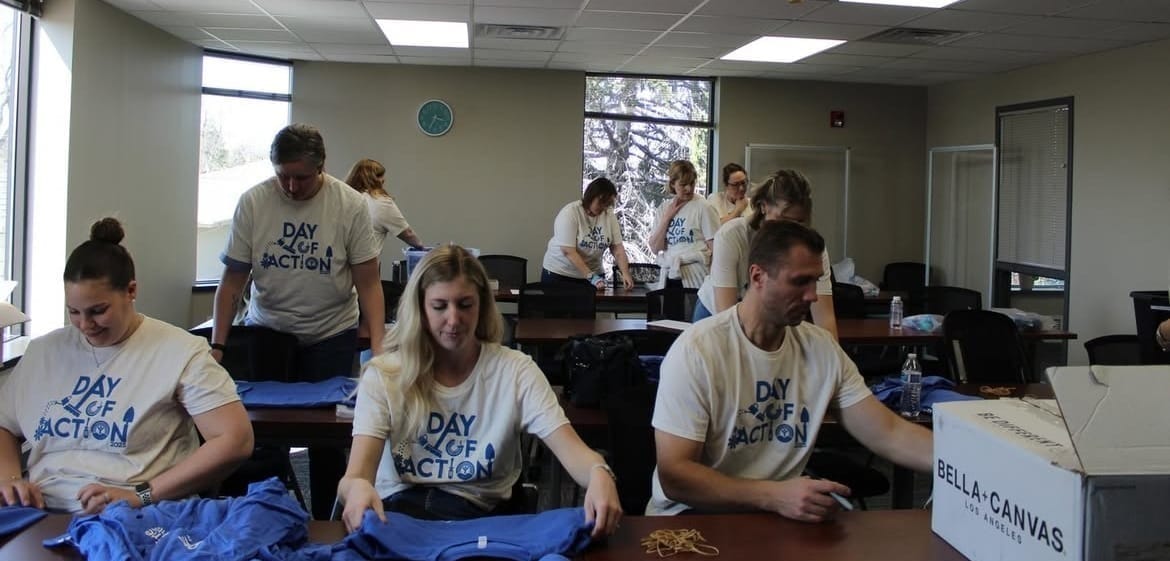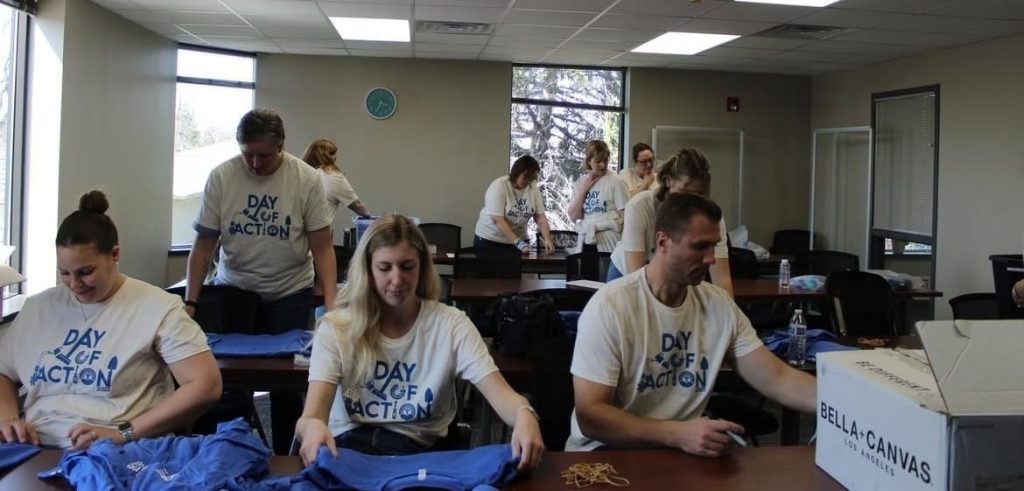
Melissa Avelino is a data journalism student at Augustana University. In this series, she looks at the changing face of South Dakota using U.S. Census data.
South Dakota’s median household income more than doubled over the past two decades, from $37,618 in 2000 to an estimated $72,421 in 2023, according to U.S. Census data and analysis.
“Incomes are rising in the communities that are growing, for example, the ZIP codes in Sioux Falls,” said Jared McEntaffer, CEO of the Dakota Institute. “But you can also see incomes growing in smaller farming communities as well.”
Get South Dakota stories
An email summary on most weekdays that links to the full version.
.nc-loop-dots-4-24-icon-o{–animation-duration:0.8s}
.nc-loop-dots-4-24-icon-o *{opacity:.4;transform:scale(.75);animation:nc-loop-dots-4-anim var(–animation-duration) infinite}
.nc-loop-dots-4-24-icon-o :nth-child(1){transform-origin:4px 12px;animation-delay:-.3s;animation-delay:calc(var(–animation-duration)/-2.666)}
.nc-loop-dots-4-24-icon-o :nth-child(2){transform-origin:12px 12px;animation-delay:-.15s;animation-delay:calc(var(–animation-duration)/-5.333)}
.nc-loop-dots-4-24-icon-o :nth-child(3){transform-origin:20px 12px}
@keyframes nc-loop-dots-4-anim{0%,100%{opacity:.4;transform:scale(.75)}50%{opacity:1;transform:scale(1)}}
Incomes in rural areas can rise and fall to a greater extent than in towns and cities, where incomes are mostly driven by wages rather than farm income, he said.
The data and takeaways
With the state’s median household nearly doubling over the past 20 years, the following map shows each median household income by ZIP Code in 2023.
!function(){“use strict”;window.addEventListener(“message”,function(a){if(void 0!==a.data[“datawrapper-height”]){var e=document.querySelectorAll(“iframe”);for(var t in a.data[“datawrapper-height”])for(var r,i=0;r=e[i];i++)if(r.contentWindow===a.source){var d=a.data[“datawrapper-height”][t]+”px”;r.style.height=d}}})}();
The following graph tracks the income growth since 2000. The state’s median household income increased from $37,618 in 2000 to $72,421 in 2023.
South Dakota has seen a consistent growth in the overall number of workers, with the number of employed South Dakotans over 16 years old increasing from 391,594 in 2000 to 457,450, representing nearly 50% of the state’s population.
South Dakotans below the poverty line have decreased to 11.8% over the years. However, 7.4% of the South Dakota families were still in poverty status in 2023.
The following graph tracks families in poverty status and civilian employment since 2000.
Recent grad’s fair wages
Though the median income is up significantly, real wages that are adjusted for inflation have been growing at around 1.5%, McEntaffer said.
“They’re not growing as quickly as like I’d like to see,” he said. “Typically, when people have more expenses, you know, student loans, or they have those child care costs, things like that, so their earnings are lower.”
Lui Gabriel Pinto is part of 7% of workers in South Dakota who are in the finance and insurance industry. He graduated from college with a job opportunity already set up for him in the state.

Pinto worked for his company as an intern during the summer of 2024, after the summer he got hired as a part-time employee while he was completing his senior year at college in South Dakota.
“During my time as a part-timer, I really liked the company,” he said. “So when graduation was getting close, I told them that I would like to stay and they hired me as a full-time.”
Join other South Dakotans and support statewide storytelling.
Pinto sees his wages to someone at your age as fair. According to him, he is just starting and does not have big expenses besides rent, groceries and gas.
For Pinto, the hardest part of being a young adult and financially independent is knowing when the right time is to make some money decisions.
“I feel like it’s this maturity about when the right time is to buy new shoes or a new car,” he said. “And also know how to plan your future financially.”

Pinto shares this mindset when he thinks about starting a family, he believes that it also has to have the right time.
“Right now would be possible, but not ideal, financially,” he said. “But where I am right now is a cool place, I like my job, and I want to have more experience and opportunities, so it is a good place to start to think about the future.”
Pinto sees South Dakota as an excellent place to start as a financially independent young adult.
“The state is growing fast with new business and is really cheaper to live here,” he said. “So you can save more money, and also they pay well.”
Assistance need increasing
However, many South Dakotans are having a tough time covering increased expenses, said Amy Carter, the chief operating officer of the Helpline Center in South Dakota.
“We have seen some increased need for rental assistance, utility assistance,” she said. “People who are struggling with food insecurity, even just basic needs such as shelter, clothing, furniture, items like that.”
“We did have a mom reach out not too long ago who recently got child care and she was qualified for the program that helps pay for child care,” Carter said. “And she had not been able to work because she didn’t have quality child care that she could afford.”

The mom is now getting the pieces in place because now she is able to get a job, which is going to lead her to being able to pay her rent and other expenses, she said.
“There are just a lot of barriers that come up, and we have people who are doing everything right, and they’re still struggling to make ends meet,” Carter said. “My hopes are more opportunities for good-paying jobs or opportunities for low-income quality housing, affordable child care, all of those things.”
This story was produced by South Dakota News Watch, an independent, nonprofit organization. Read more stories and donate at sdnewswatch.org and sign up for an email to get stories when they’re published. Melissa Avelino dos Santos is a student from Rio Branco, Acre, Brazil, at Augustana University in Sioux Falls. She is a summer 2025 intern at SDNW with support from the Nonprofit Newsroom Internship Program created by The Scripps Howard Fund and the Institute for Nonprofit News. Contact Melissa: melissa.avelino@sdnewswatch.org.
Read the full story at South Dakota News Watch




